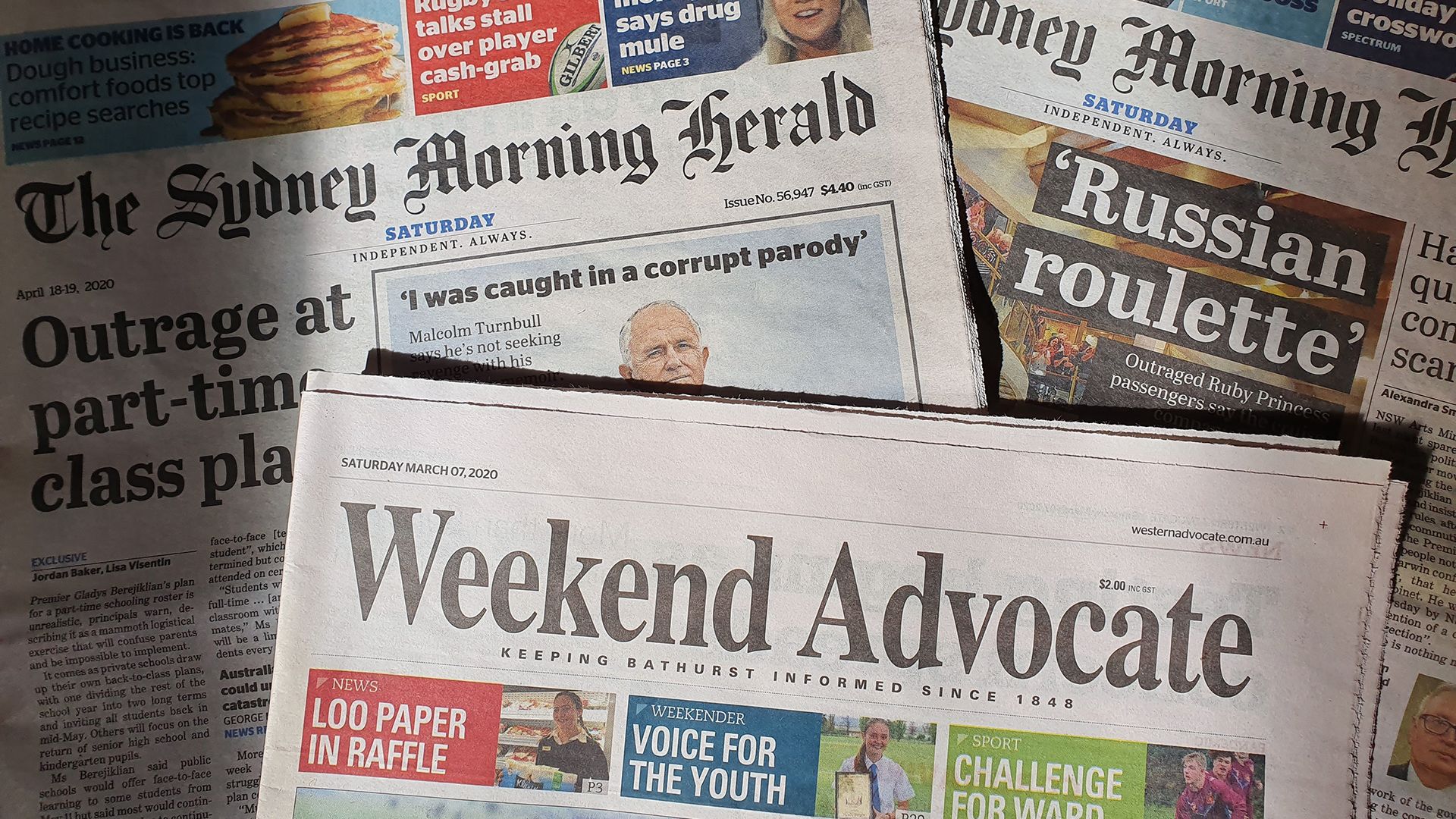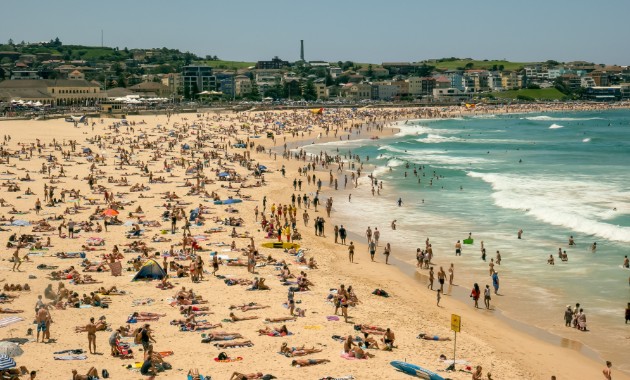- Underlying all the current turmoil in the media landscape is the corrosive impact of disruptive digital innovation in traditional media that began long before COVID-19, according to a Charles Sturt journalism lecturer
- The national news landscape may be very different after the COVID-19 crisis
A Charles Sturt University journalism academic questions whether the federal government COVID-19 support package for Australian media will deliver reliable news for regional audiences.
Lecturer in journalism in the Charles Sturt School of Communication and Creative Industries in Bathurst Mr Harry Dillon said as the presses that roll-out newspapers around much of regional Australia shut down, it’s not clear to what extent they will crank up again when the COVID-19 pandemic passes.
“While the federal government’s new $50 million Public Interest News Gathering rescue package will assist regional media hit hard by reduced advertising revenues, there is no assurance it will counter the large-scale shuttering of newspapers that’s already under way,” Mr Dillon said.
He notes the Minister for Communications, Cyber Safety and the Arts, The Hon. Paul Fletcher, MP, told ABC Radio, “I certainly hope we’ll see (grant) applications coming forward from newspaper operators or broadcasters to say ‘here’s some activity we were doing, we had to suspend it but with funding we could restart it’”.
“However that’s not a given,” Mr Dillon said, “and soon regional newspaper shutdowns could run to more than 200, including a number of independent titles and many in the News Corp and ACM groups.
“The crisis has been highlighted this week with the last print edition until at least Monday 29 June of ACM’s Maitland Mercury, a tri-weekly newspaper founded in 1843 that is Australia’s oldest regional paper.
“Moreover, however long the pandemic grinds on, there is a prospect the national news landscape will be very different on the far side of the crisis.”
Mr Dillon said in addition to the coronavirus impact, major news industry players point to pre-existing issues affecting the viability of regional operators.
He cites ACM’s Mr Antony Catalano, who maintains that regional print and broadcast media are in crisis as they struggle to survive in a market that even before the pandemic was ‘in dollar terms, a fraction of what it used to be’.
“He has called for the lifting of restrictions, such as those on television licence ownership to foster business up-scaling through mergers and consolidation of media assets,” Mr Dillon said.
Further, he notes that in announcing the suspension of printing for 60 local papers on Wednesday 1 April, News Corp head Mr Michael Miller castigated government inaction on several fronts, especially in failing to address the monopolising of online advertising by tech giants such as Google and Facebook.
Mr Miller said Australia’s media industry was at a tipping point due to ruined business models and the danger was that government will ‘stand by and watch as our future collapses as well’.
Mr Dillon points out that underlying all of this is the corrosive impact of disruptive digital innovation in traditional media sectors that began long before COVID-19 and will prompt wary examination of newsprint financial bottom lines post-crisis.
“The fate of many regional newspapers will hinge upon the decisions made at that time,” Mr Dillon said.
“Ultimately, this is a test of the traditional nexus between newspapers, advertisers and audiences that sustained the news business for a century-and-a-half, until the World Wide Web of the 1990s.
“Integral to that old system was the papers’ control over partial-monopoly distribution channels to convey information and advertising to audiences within a particular geographical area.
“The internet weakened the old nexus by making abundant content readily and cheaply available virtually everywhere.”
Mr Dillon said that as audiences and advertisers migrated online, news media did likewise; but profits sagged with their loss of market control, and in 2012 the prestigious Centre for the Digital Future in the United States tipped the demise of most printed newspapers within five years.
“Happily, this and other forecasts of the impending death of newspapers proved overly pessimistic in both the US and Australia, but the digital drift continues unabated and news proprietors are offering no promises on the future of newsprint,” Mr Dillon said.
“While COVID-19 has raised the stakes and triggered Canberra’s regional rescue package, the ongoing challenge for news media is to adequately monetise its output.”
Deputy Prime Minister Michael McCormack, a former regional newspaper editor, said just before the package was announced, ‘We need regional journalism; local journalists talking about local issues and addressing them for local people’.
Mr Dillon said a big positive sign is the federal government’s directive for the Australian Competition and Consumer Commission (ACCC) to prepare a mandatory code for commercial dealings between tech giants and media companies.
The ACCC’s draft code is expected to be released for consultation by the end of July. Previously, the Commission had been tasked with developing a voluntary code to cover the sharing of revenue generated from news.
“Whatever that future might be, the surge in visits to news sites since the onset of coronavirus is confirming the value of their product,” Mr Dillon said.
“Meanwhile, the pulling power of online news is evidenced in News Corp’s tally of more than 500,000 digital subscribers, while in America the mighty New York Times has around four million.
“Also in the US, a big project to mobilise networks of non-profit, non-partisan online entities covering local news under the American Journalism Project banner is gaining momentum.
“Albeit subjected to more than its share of turmoil for several decades, journalism clearly has a future beyond coronavirus.
“While that future will be digital-focused and models of operation are evolving, there may still be a significant role for newsprint in whatever emerges after the current crisis.
“If that happens, many people in Australia’s regions may value their local paper even more than they did in the past,” he said.






Social
Explore the world of social